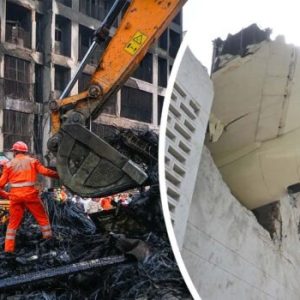Former President Donald Trump says it’s time to bring back Alcatraz—and expand it—to lock up what he calls “America’s most ruthless and violent criminals.”
In a fiery post on Truth Social Sunday, Trump laid out his plan to have federal agencies—including the Bureau of Prisons, Department of Justice, FBI, and Homeland Security—rebuild and reopen the infamous prison island off the coast of San Francisco, which closed in 1963.

“REBUILD, AND OPEN ALCATRAZ!” he wrote. “For too long, America has been plagued by vicious, violent, and repeat Criminal Offenders… No longer will we tolerate these Serial Offenders who spread filth, bloodshed, and mayhem on our streets.”
Framing the proposal as part of a broader push to restore law and order, Trump blasted what he described as a weak justice system and lenient judges. “We will no longer be held hostage to criminals, thugs, and Judges that are afraid to do their job,” he said. He also claimed the new Alcatraz would stand as “a symbol of Law, Order, and JUSTICE.”
Trump’s comments signal a return to a tough-on-crime stance, calling for the kind of zero-tolerance policies he associates with a “more serious Nation” that didn’t hesitate to isolate dangerous offenders.

Originally opened in 1934, Alcatraz was once home to some of the country’s most infamous criminals, including Al Capone and Whitey Bulger. The prison shut down in 1963 due to high operating costs and logistical issues. Today, the island is a popular tourist destination operated by the National Park Service.
Alcatraz’s reputation for being inescapable has become part of American legend—most famously tested in 1962 when inmates Frank Morris and brothers John and Clarence Anglin vanished in a daring escape attempt. Though their fate remains a mystery, authorities believe they likely drowned.
Trump’s proposal would turn the historic site back into a high-security prison, dramatically shifting its current role as a museum and travel destination.
The idea is already stirring debate. Some are applauding the hardline approach to crime, while others are questioning the logistics, cost, and symbolism of reviving a Cold War-era penitentiary in modern America.





